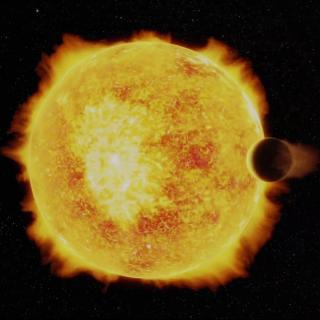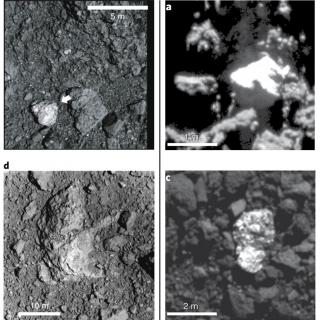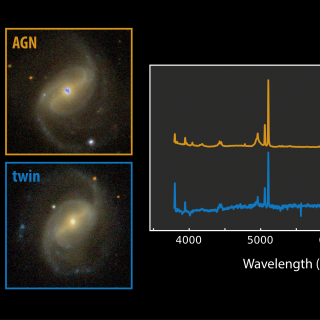
Observational evidence s suggest a co-evolution of the central supermassive black holes and their host galaxies. In some of them, the black hole is ingesting the material surrounding it at a very high rate, emitting a large quantity of energy. In those cases we say that the galaxy has an active nucleus (AGN). Studying the mechanisms which control the relation between the active nucleus and the rest of the galaxy is essential to understand how these objects form and evolve, and to be able to throw light on this question we need to compare active and non-active galaxies. Here, we first identif
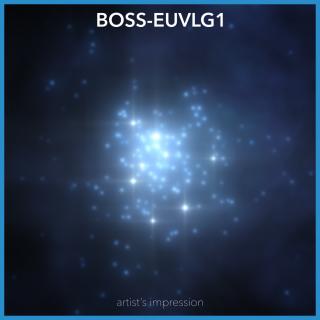
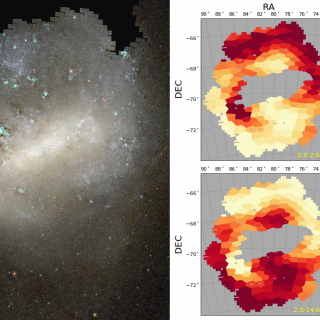
![The [O III] spatial profiles The spatial profiles of the observed and expected [O III] 4363 (orange and green, respectively), residuals from subtracting the expected collisional [O III] 4363 profile from the observed one (red), and the O II 4649 profile scaled (blue).](/sites/default/files/styles/crop_square_2_2_to_320px/public/images/news/A46.png?h=0150dd40&itok=dpTtNI6g)
